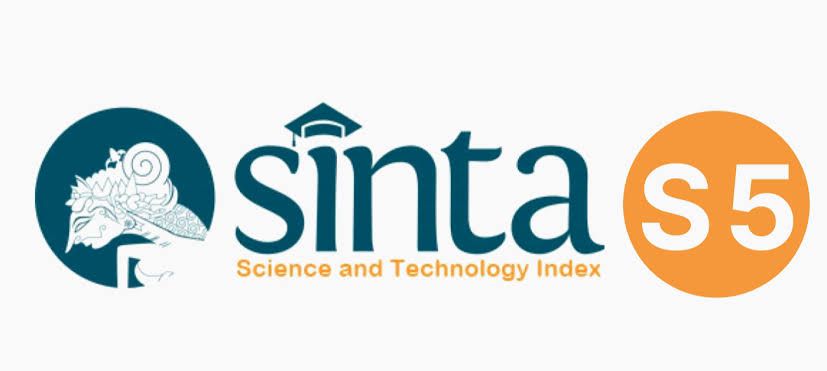Comparative between Syndromic and Nonsyndromic Craniosynostosis: A Literature Review
DOI:
https://doi.org/10.32734/aanhsj.v2i3.4779Keywords:
syndromic, non-syndromic, craniosynostosisAbstract
Craniosynostosis (CS) refers to the premature fusion in the perinatal stage of one or multiple skull sutures, also denominated synostoses (sagittal, metopic, uni and bilateral coronal, and lamboidal), which are commonly accompanied by facial, trunk, and limb deformities. During normal human body and head development, cranial growth achieves approximately 80% of the adult size at birth and its definitive size between 2.5 and 3 years of age. In the fetal or newborn skull, the flat bones are separated by four fontanelles and six major cranial sutures that participate in this process. Hereby presented the literature review of syndromic and non-syndromic craniosynostosis.
Downloads
Downloads
Published
How to Cite
Issue
Section
License
Copyright (c) 2020 Asian Australasian Neuro and Health Science Journal (AANHS-J)

This work is licensed under a Creative Commons Attribution-NonCommercial-NoDerivatives 4.0 International License.
The Authors submitting a manuscript do understand that if the manuscript was accepted for publication, the copyright of the article shall be assigned to AANHS Journal.
The copyright encompasses exclusive rights to reproduce and deliver the article in all forms and media. The reproduction of any part of this journal, its storage in databases and its transmission by any form or media will be allowed only with a written permission from Asian Australasian Neuro and Health Science Journal (AANHSJ).
The Copyright Transfer Form can be downloaded here.
The Copyright form should be signed originally and sent to the Editorial Office in the form of original mail or scanned document.














